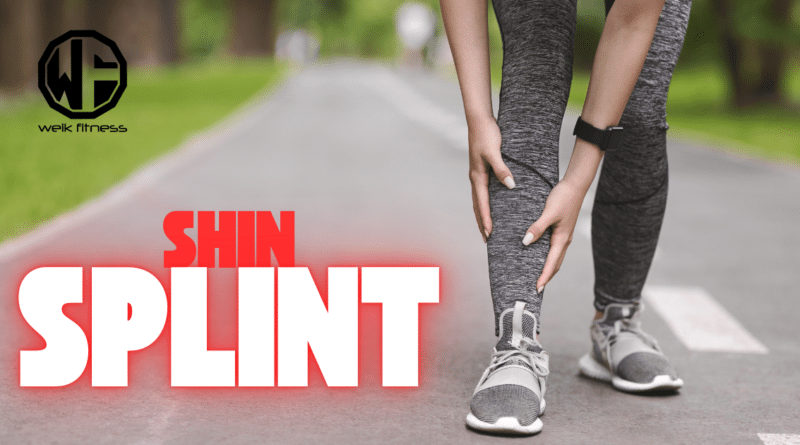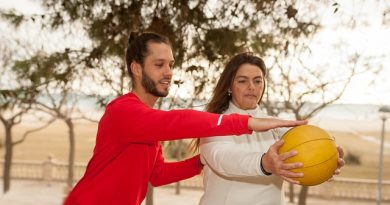7 Shin Splint Stretches to Help Prevent Shin Pain
Have you suffered from shin splits? Ever thought about trying shin splint stretches?
Shin pain stops many runners from doing what they love. In fact, shin splints affect 35% of all runners and athletes who train on hard surfaces. And let’s face it: when you develop shin splints, you’ll do just about anything to make them go away.
In this article, we’ll look at seven shin splint stretches that can ease your pain and help you run better. You’ll learn simple stretches for shin splints and moves to keep your legs strong and healthy.
Disclaimer: This article is for informational purposes only and is not meant to treat or diagnose any condition. It is recommended that you speak with your doctor before starting any exercise program, changing your daily nutrition, or adding any supplements to your regimen.
Table of contents
Key Takeaways
- Shin splints affect 35% of runners and athletes who train on hard surfaces.
- A proper calf stretch can cut your risk of shin splints by more than half.
- The seven key stretches target the gastrocnemius, soleus, Achilles tendon, tibialis anterior, and hamstring muscles.
- Most stretches should be held for 20-30 seconds and done 2-4 times on each leg.
- Daily stretching before and after runs helps build stronger legs and stops shin pain.
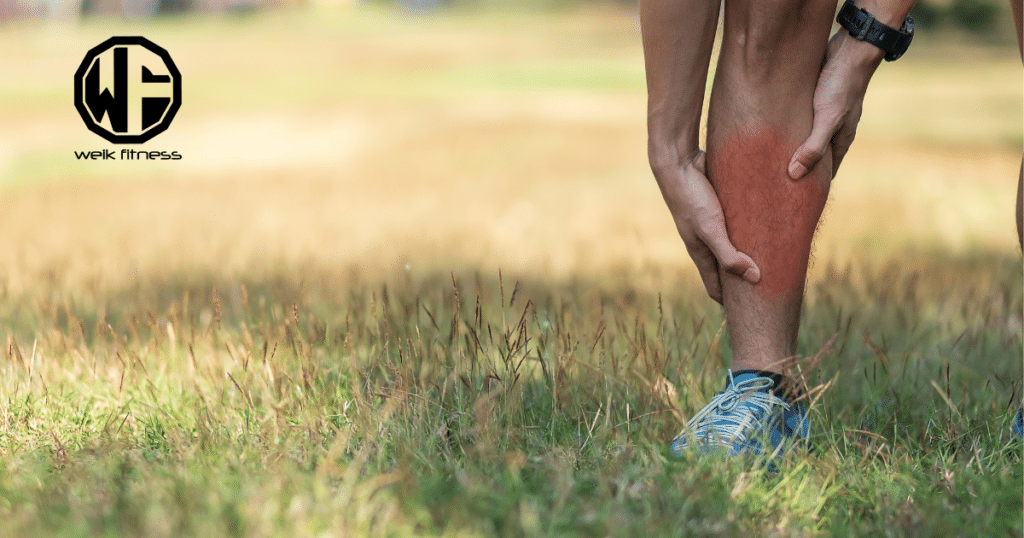
What Causes Shin Splints?
Shin splints are also known as medial tibial stress syndrome. The cause of shin splints comes down to repetitive stress on the shinbone (tibia) and the connective tissues that attach muscles to the bone.
If you do a lot of running or high-impact exercise, you are at risk of developing shin splints.
While preventing shin splints should be your goal, there are certain shin splint stretches that we will touch on shortly to help reduce the pain if shin splints occur as well as aid in prevention.
The primary causes of shin splints include:
1. Overuse & Repetitive Stress
- Sudden increase in activity: Rapidly increasing running distance, intensity, or frequency (you need sufficient recovery time).
- High-impact activities: Running, jumping, or sports with quick directional changes (e.g., basketball, soccer).
- Frequent hard surface impact: Training on concrete or other unforgiving surfaces.
2. Biomechanical Issues
- Flat feet or overpronation: Causes excessive strain on the shinbone.
- High arches: May lead to improper shock absorption (using orthotic inserts may help).
- Weak ankle or calf muscles: Leads to improper force distribution.
3. Improper Footwear
- Worn-out shoes: Lack of cushioning and support increases stress on the shins.
- Incorrect shoes for activity: Running shoes with inadequate support or using the wrong type of footwear.
4. Poor Running Form & Training Errors
- Overstriding: Landing with your foot too far in front of you increases tibia stress.
- Insufficient warm-up or stretching: This leads to tight calf and shin muscles, making them more prone to strain.
- Lack of recovery time: Not allowing muscles to heal between workouts.
5. Weak or Tight Muscles
- Tight calf muscles: Pulling on the shinbone, causing discomfort.
- Weak core and hip muscles: This leads to poor running mechanics and extra strain on the lower legs.
How to Prevent Shin Splints
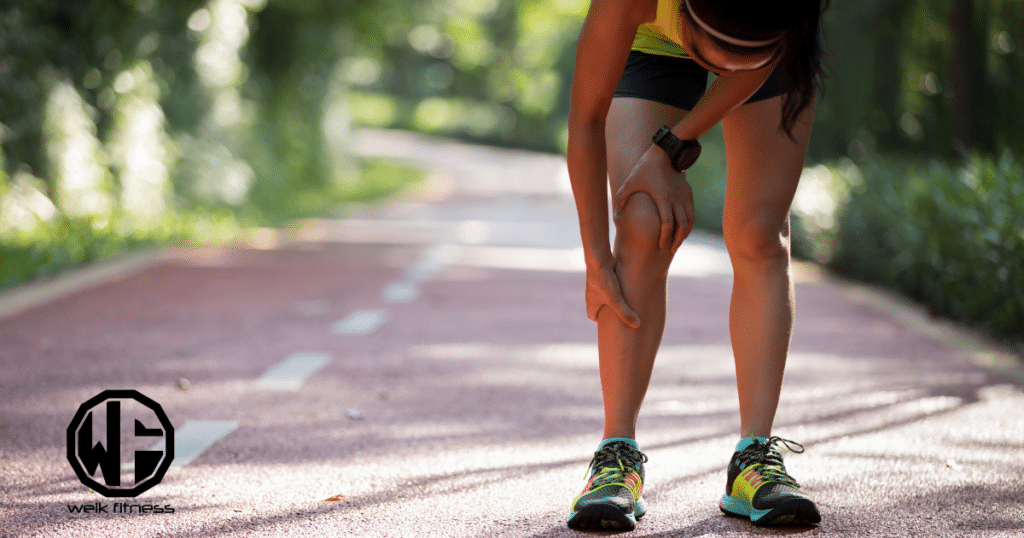
Prevention is key when it comes to shin splints. Below are some ways to reduce your risk of developing shin splints.
- Gradually increase training intensity: Follow the 10% rule (increase mileage/intensity by no more than 10% per week).
- Wear proper footwear: Replace running shoes every 300-500 miles (purchase from a quality running shoe store).
- Strengthen lower leg muscles: Exercises like toe raises, calf raises, and tibialis strengthening help.
- Stretch and foam roll regularly: Keep calf and shin muscles flexible.
- Cross-train: Mix in low-impact activities like cycling or swimming to reduce shin stress.
If your shin splint pain persists, it’s best to rest, ice the area, and modify activities to allow healing. Severe cases may require physical therapy or further medical evaluation to rule out stress fractures. You should go see your doctor if your shin splints do not improve.
Below are some great products to help minimize shin splints and help ease the pain:
7 Effective Shin Splint Stretches to Prevent Shin Pain
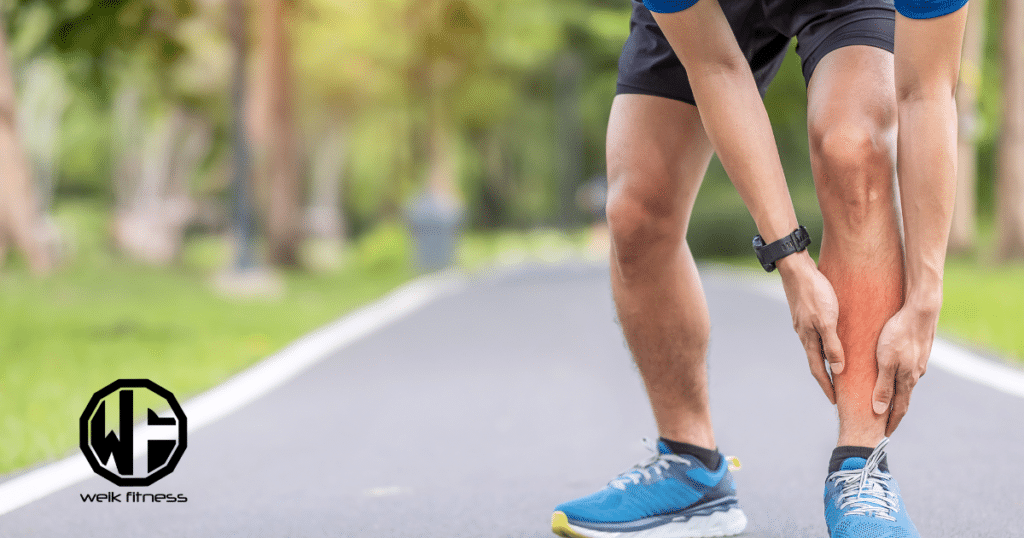
The pain of shin splints is enough to keep you from pounding the pavement and running. Changing over to low-impact exercise for a little may be wise to prevent further pain and injury, but some shin splint stretches can help, too.
Related Article: Increase Flexibility with These Stretching Techniques
The shin splint stretches below target your shin muscles and helps stop pain before it starts. You can do these simple moves at home or at the gym to keep your legs strong and healthy.
1. Gastrocnemius Calf Stretch
The gastrocnemius calf stretch targets your lower leg muscles to prevent shin splints. Stand facing a wall with your hands flat against it. Place one foot behind you and keep your back leg straight.
Lean forward while keeping your heel on the floor. You’ll feel a stretch in your calf muscle.
A proper calf stretch reduces your risk of shin splints by 60%
Hold this stretch for 20 seconds on each leg. Do 3 sets per leg to get the best results. Your back leg must stay straight to target the gastrocnemius muscle. This stretch helps runners avoid medial tibial stress syndrome and reduces stress on the tibia during runs.
2. Soleus Calf Stretch
Stand near a wall with your back leg bent at the knee to stretch your soleus muscle. Push your hands against the wall while keeping your back heel flat on the floor. Your front knee should bend toward the wall as you lean forward.
This stretch targets deep calf muscles that help prevent shin splints.
Keep this position for 30 seconds and do it 3 times on each leg. Your soleus muscle connects to your tibialis anterior, making this stretch vital for runners. Many athletes find relief from lower leg pain through this simple yet powerful stretch.
Make sure your back foot stays firmly planted to get the most benefit from this exercise.
3. Achilles Tendon Standing Stretch
Place your right foot behind your left foot. Your back leg stays straight while your front knee bends slightly. Press your hands against a wall for support. Push your hips forward until you feel a stretch in your back leg’s Achilles tendon.
Your heel must stay flat on the ground during this stretch.
The Achilles tendon standing stretch targets tight calf muscles and helps prevent shin splints. Hold this position for 30 seconds. Do 2-3 sets, up to 5 times daily. Switch legs and repeat on the other side.
This shin splint stretch works both your gastrocnemius and soleus muscles to reduce stress on your shins.
4. Achilles Tendon Seated Stretch
Sit on the floor with your legs straight out in front. Loop a towel around the ball of your right foot. Pull back gently on both ends of the towel. Keep your heel on the ground to stretch the Achilles tendon.
You’ll feel this shin splint stretch in the back of your leg and calf muscle. Hold this position for 30 seconds.

A proper Achilles stretch can make the difference between a great run and a painful one.
Switch legs and repeat the stretch on your left foot. The towel helps you control the stretch depth while keeping good form. This stretch targets your posterior leg muscles and helps prevent shin splints.
Make sure to breathe deeply during the stretch. Your back should stay straight throughout the movement.
5. Tibialis Anterior Muscle Stretch
The tibialis anterior muscle stretch targets the front part of your lower leg. Stand near a wall and place your right foot behind your left foot. Point your toes upward and lean forward until you feel a stretch in your shin.
Your back leg should stay straight while your front knee bends slightly.
Maintain this position for 60 seconds to get the most benefit for your shin muscles. Switch legs and do the same on your other side. This stretch helps prevent shin splints and reduces pain in the shin bone.
Your running shoes must fit well to support this muscle during exercise.
6. Hamstring Stretch in a Doorway
Lie back near a doorway with your legs straight out. Slide one leg up against the wall while keeping your other leg flat on the ground. Your body should form an “L” shape. Keep your hips as close to the wall as you can.
This shin splint stretch targets your hamstring muscles to help prevent shin splints.
Hold this position for 1 minute at first. You can work up to 6 minutes as you get more flexible. Do 2-4 sets per leg for the best results. Make sure to keep your leg straight and avoid bouncing.
For an easier option, wrap a towel under your foot while lying down. Pull the towel gently toward you for 15-30 seconds to stretch those same muscles.
7. Shin Muscle Stretch (Seated)
Sit in a chair with good posture. Place your affected leg under the chair, keeping the top of your foot flat against the floor. This stretch targets your tibialis anterior muscle — the main muscle in your shin area.
Press down gently to feel a nice stretch along the front of your lower leg.
Hold this position for 15-30 seconds to get the most benefit. Do 2-4 sets on each leg to reduce tightness and boost flexibility in your shins. This simple seated stretch helps prevent shin splints and eases existing shin pain.
Your shoes should stay on during this stretch for proper support.
The Key is to Prevent Shin Splints — But Leverage Shin Splint Treatment
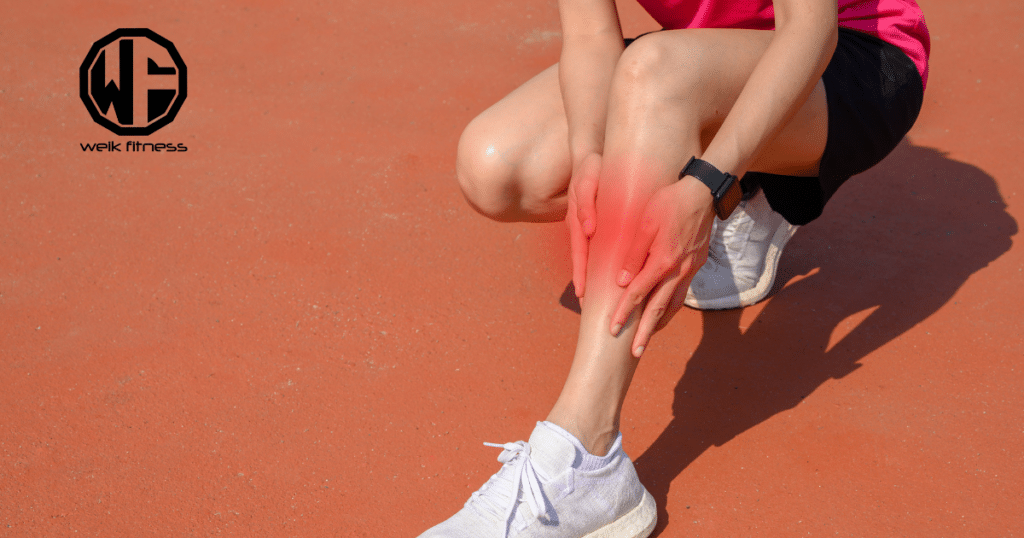
These seven shin splint stretches target key muscles around your shins to prevent pain. Practice them daily before and after your runs for the best results and to prevent pain from shin splints.
Related Article: Dynamic Stretching — The Vast Advantages and How to Apply Them
Your consistent stretching routine will build stronger leg muscles and reduce injury risks.
Stay safe by listening to your body — stop any shin splint stretch that causes sharp pain.


*Disclosure: This article may contain affiliate links or ads, which means we earn a small commission at no extra cost to you if you make a purchase through these links. These commissions help support the operation and maintenance of our website, allowing us to continue producing free valuable content. Your support is genuinely appreciated, whether you choose to use our links or not. Thank you for being a part of our community and enjoying our content.
PLEASE CONSIDER SHARING THIS ON YOUR SOCIAL MEDIA TO HELP OTHERS LEARN MORE ABOUT THIS TOPIC.


